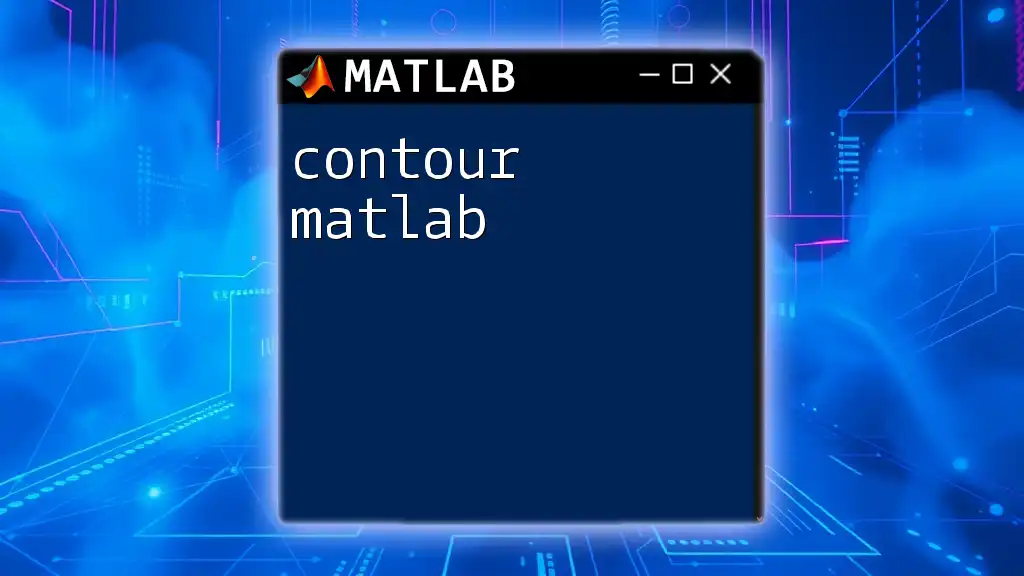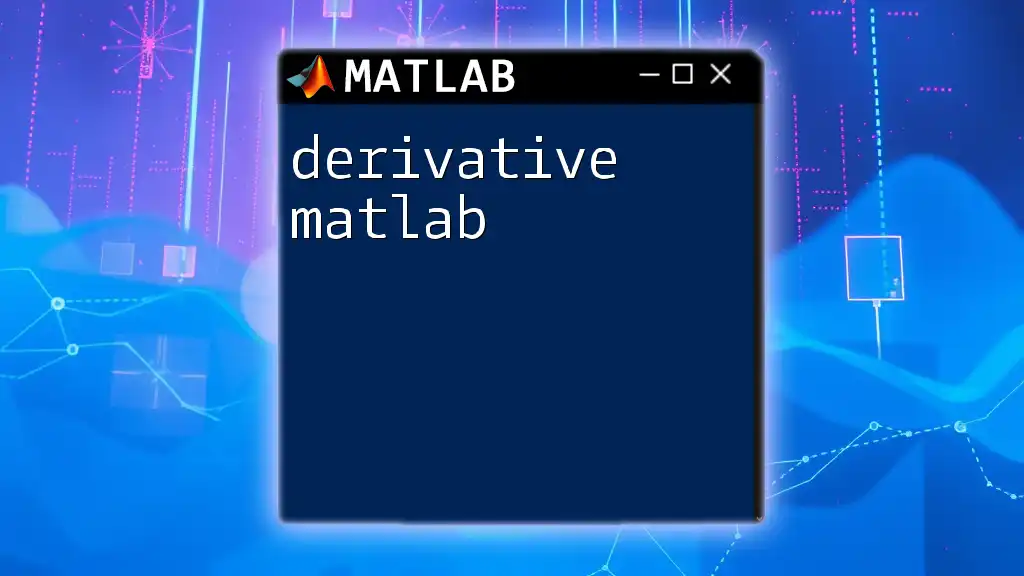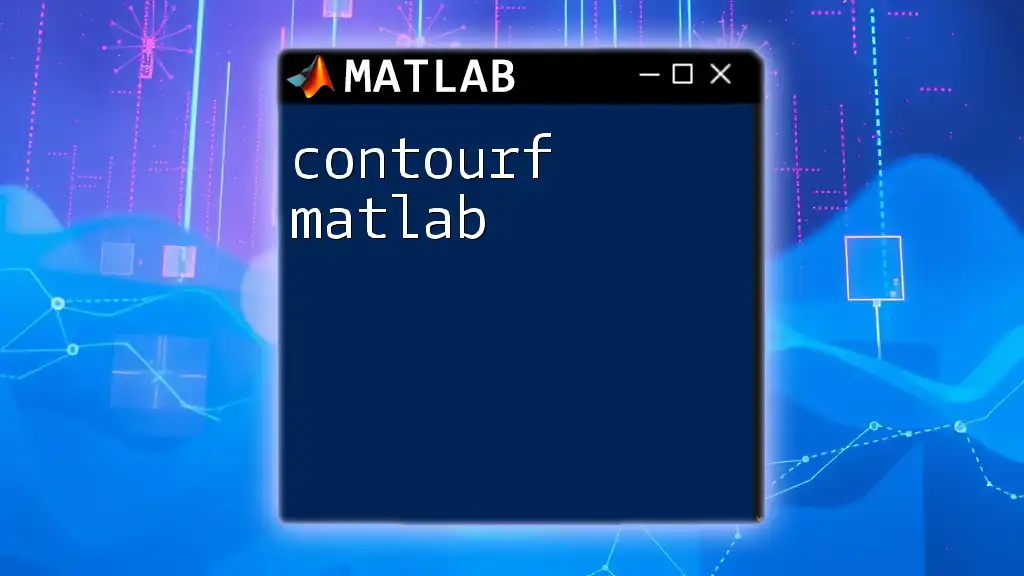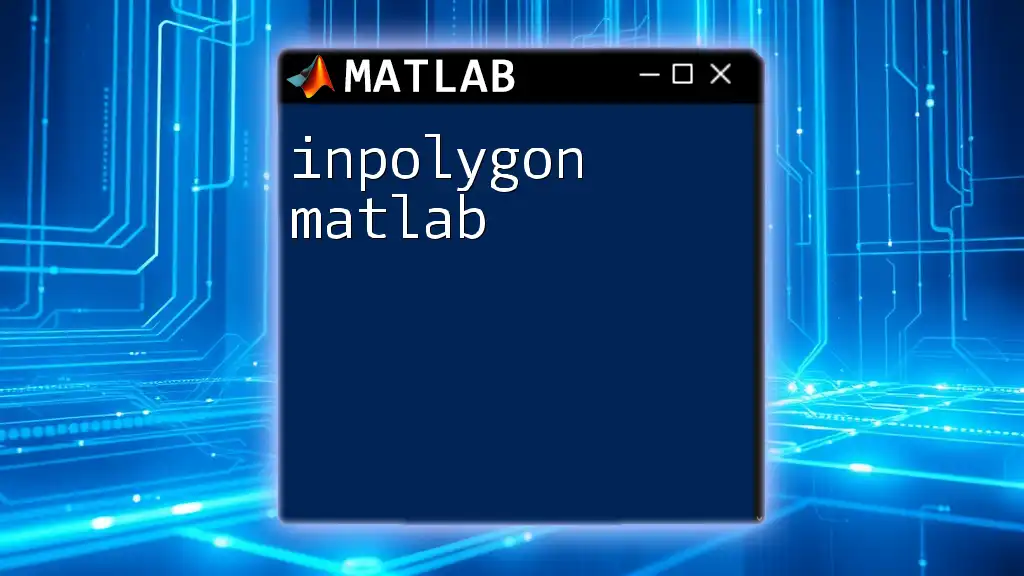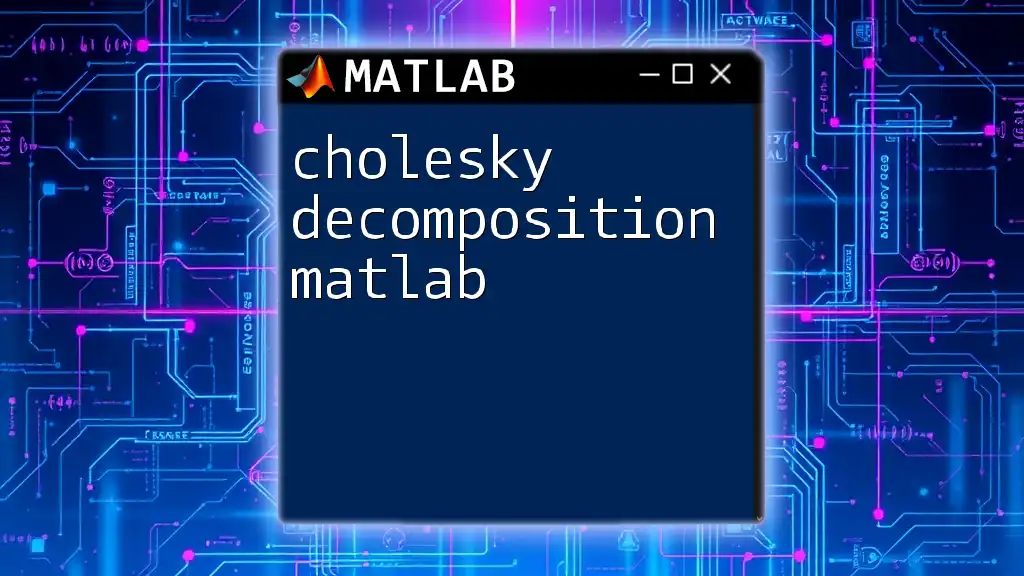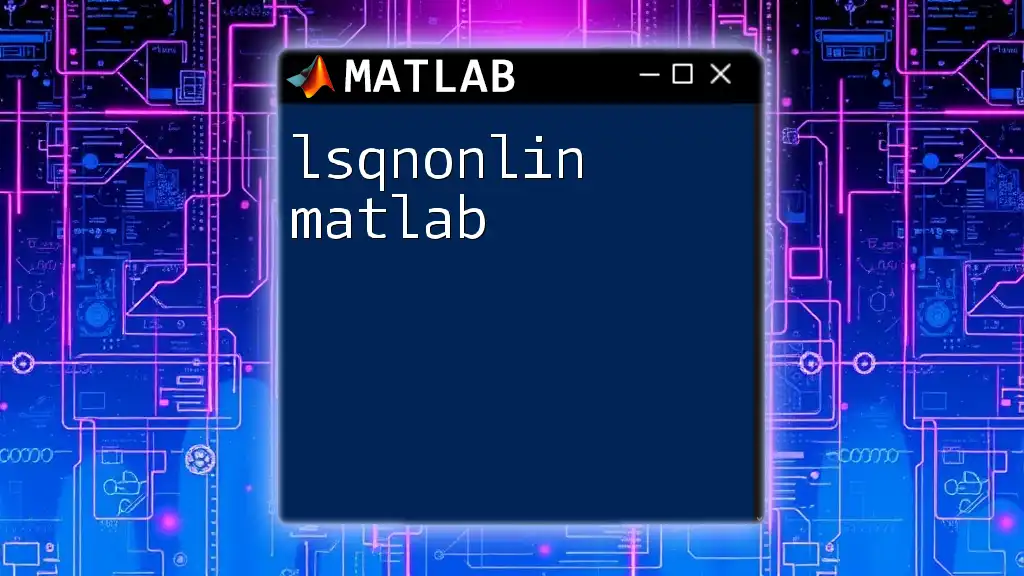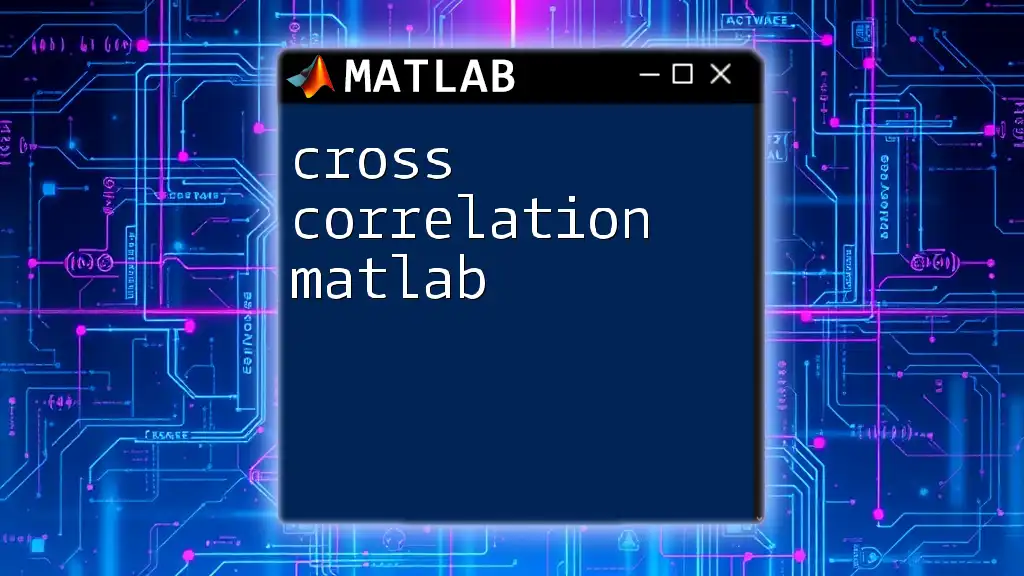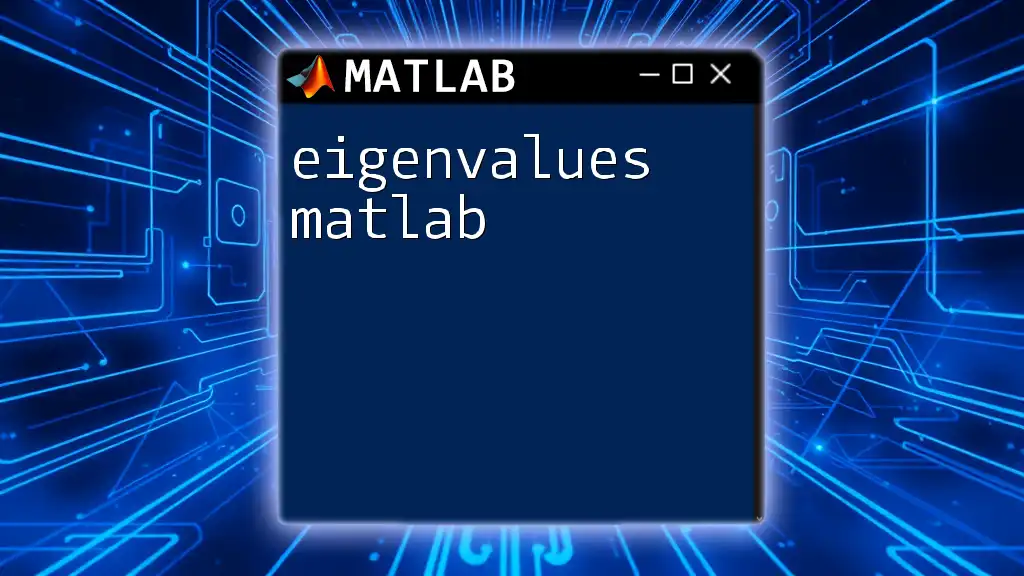Deconvolution in MATLAB is a process used to reverse the effects of convolution on a signal, allowing you to recover the original signal or estimate its characteristics.
% Example of deconvolution using the deconv function
original_signal = [1, 2, 3];
impulse_response = [1, 0.5];
[recovered_signal, remainder] = deconv(original_signal, impulse_response);
What is Deconvolution?
Deconvolution is the mathematical process that aims to reverse the effects of convolution on recorded data. Convolution is a fundamental operation in signal processing that combines two functions to produce a third, which represents how the shape of one is modified by the other. While convolution serves useful purposes, such as filtering signals or blurring images, there are situations when one needs to extract the original signal or image from the convolved data. This need is where deconvolution comes into play.
Applications of Deconvolution
Deconvolution finds significant applications across various fields, including:
- Signal Processing: For example, in audio processing, it helps in clarifying audio signals altered by external noise or interference.
- Image Processing: Here, deconvolution is used for image restoration, assisting in removing blur caused by camera motion or focusing errors.
- Scientific Applications: It is also invaluable in fields like astronomy or microscopy, where researchers need to analyze data obscured by other influences.
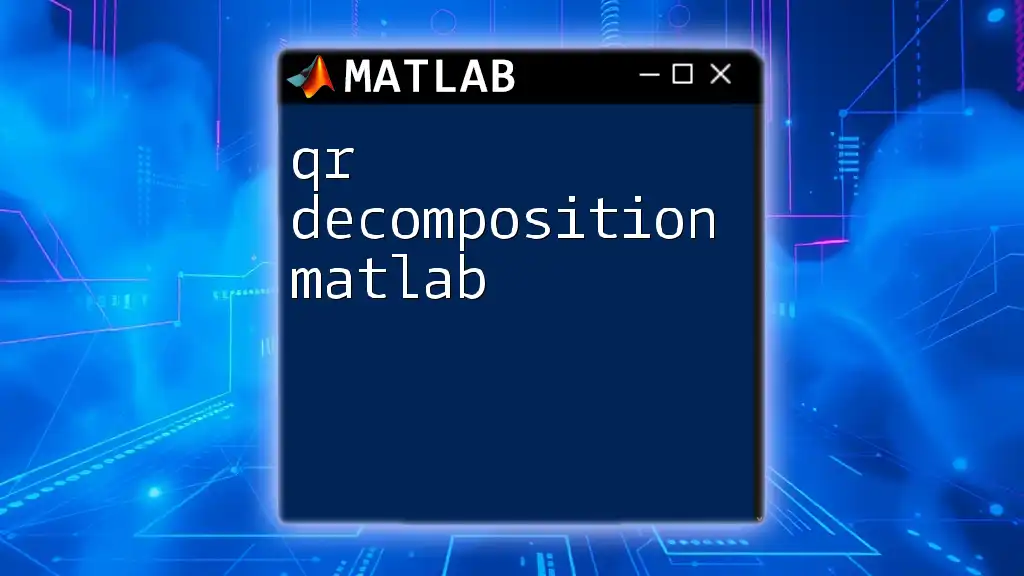
MATLAB and Deconvolution
Using MATLAB for deconvolution significantly enhances the ease and efficiency with which one can manipulate and analyze data. With its user-friendly interface, extensive built-in functions, and well-maintained documentation, MATLAB simplifies complex computations involved in deconvolution.
Why Use MATLAB for Deconvolution?
- Ease of Use with Built-in Functions: MATLAB provides a variety of straightforward functions like `deconv()` and `deconvwnr()`, making it easy to implement deconvolution without deep mathematical computations.
- Comprehensive Documentation and Community Support: MATLAB comes with robust documentation and an active community that can assist with troubleshooting and optimizations.
- Compatibility with Other Mathematical Operations: The integration of deconvolution with other operations, such as filtering and transformations, makes MATLAB a versatile tool for data analysis.
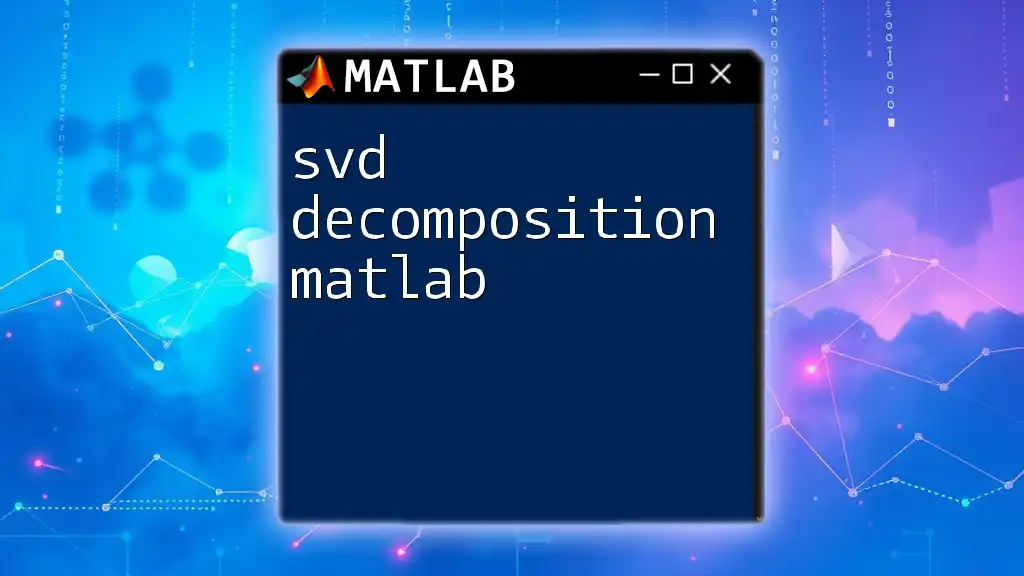
Understanding the Fundamental Concepts
Convolution Explained
In order to understand deconvolution, one must first grasp the concept of convolution. Convolution is mathematically defined as the integral that expresses the way one function overlaps with another.
To illustrate convolution in MATLAB, consider a simple example using basic numeric arrays. Below is a simple code snippet that demonstrates convolution in action:
x = [1, 2, 3]; % Input signal
h = [0.5, 0.5]; % Filter or impulse response
y = conv(x, h); % Perform convolution
disp(y); % Display the resulting convolved signal
This example reveals how the input signal `x` is modified upon interaction with filter `h`, producing the convolved output `y`.
The Math Behind Deconvolution
Deconvolution is essentially the reversal of the convolution operation. Mathematically, if we have a signal `y` that is represented as the convolution of `x` (the original signal) with `h` (the impulse response), then deconvolution aims to estimate `x` from `y` and `h`.
In signal processing, deconvolution can be performed in either the time domain or the frequency domain. The frequency domain approach utilizes the Fourier Transform, which often yields more stable results, especially for noisy data.
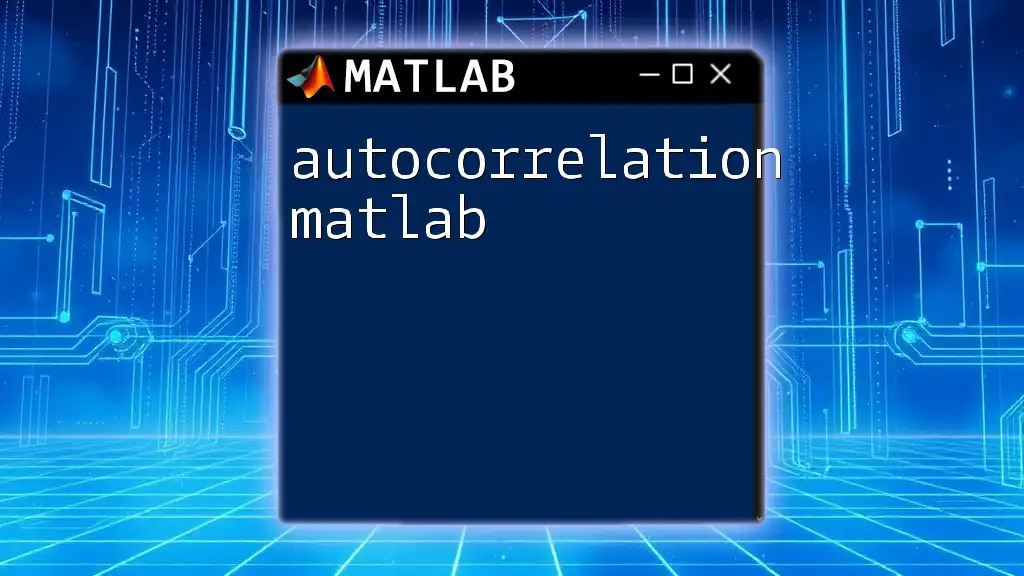
Deconvolution Techniques in MATLAB
Basic Deconvolution Functions
`deconv()`
The `deconv()` function is MATLAB's primary tool for performing deconvolution. This function is useful when you have polynomial representations of the numerator and denominator of a system.
Using `deconv()` looks like this:
b = [1, 0, -1]; % Numerator coefficients
a = [1, -0.8]; % Denominator coefficients
[y, r] = deconv(b, a); % Deconvolution operation
disp(y); % Display the result
In this example, `b` and `a` are the input sequences for the system, and the output `y` represents the deconvolved signal, while `r` contains the remainder of the division.
`lsqcurvefit()`
Another powerful method for deconvolution in MATLAB is using least squares fitting via the `lsqcurvefit()` function. This approach perfectly suits scenarios where your data may not be ideal and cannot be deconvolved directly due to noise.
The success of `lsqcurvefit()` lies in its ability to minimize the difference between the observed data and the modeled data, effectively fitting a model to your noisy signals.
Advanced Deconvolution Techniques
Wiener Deconvolution
Wiener deconvolution is a sophisticated technique that optimally balances the trade-off between inverse filtering and noise amplification. It is designed to minimize the mean square error between the estimated signal and the true signal.
To implement Wiener deconvolution in MATLAB, consider the following setup:
original = imread('image.png'); % Original image
blurred = imfilter(original, fspecial('gaussian', 5, 2)); % Blurring effect
restored = deconvwnr(blurred, fspecial('motion', 21, 11), 0.01); % Wiener deconvolution
imshow(restored); % Display the restored image
In this demonstration, we first blur the original image using a Gaussian filter and then apply Wiener deconvolution to recover the image. The third parameter sets the noise-to-signal ratio, which greatly affects the outcome.
Regularized Deconvolution
Regularization in deconvolution is vital for smoothing the effects of noise and artifacts. Techniques such as Tikhonov regularization or total variation can be applied to improve the results.
Using regularization might involve additional parameters that control the trade-offs between fidelity to the data and smoothness of the estimated signal, thus enhancing the robustness of deconvolution results.
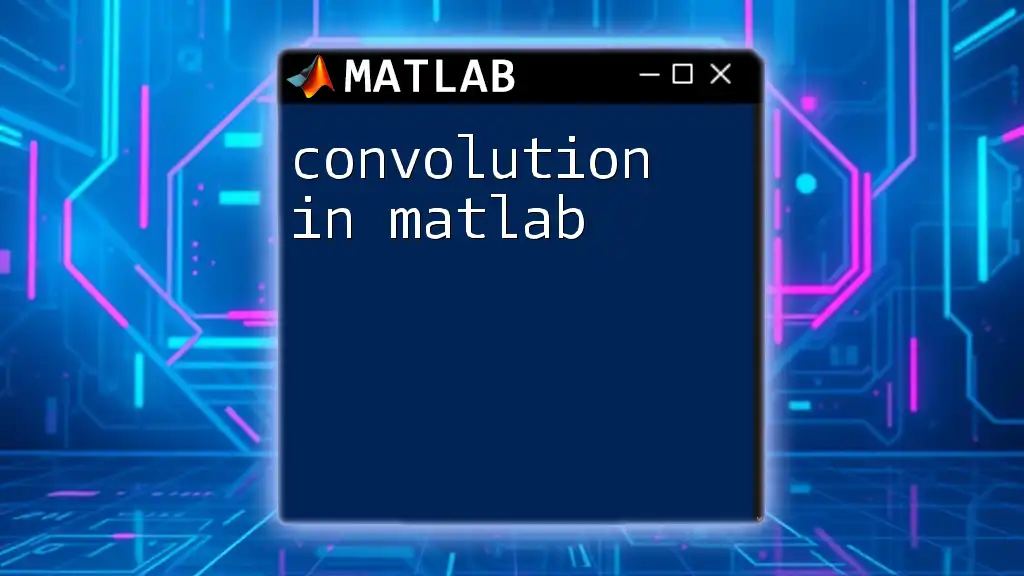
Practical Applications of Deconvolution in MATLAB
Signal Restoration
One of the prominent applications of deconvolution in MATLAB is in audio signal restoration. When working with audio data, using techniques like `deconv()` and `lsqcurvefit()` can help restore original signals that have been compromised due to noise or distortion.
Image Restoration
In image restoration, deconvolution is crucial for improving the quality of images captured under suboptimal conditions. For instance, applying Wiener deconvolution can effectively remove motion blur, resulting in sharper images. The previously provided example illustrates this straightforwardly, whereby the blurred image is recovered through deconvolution.
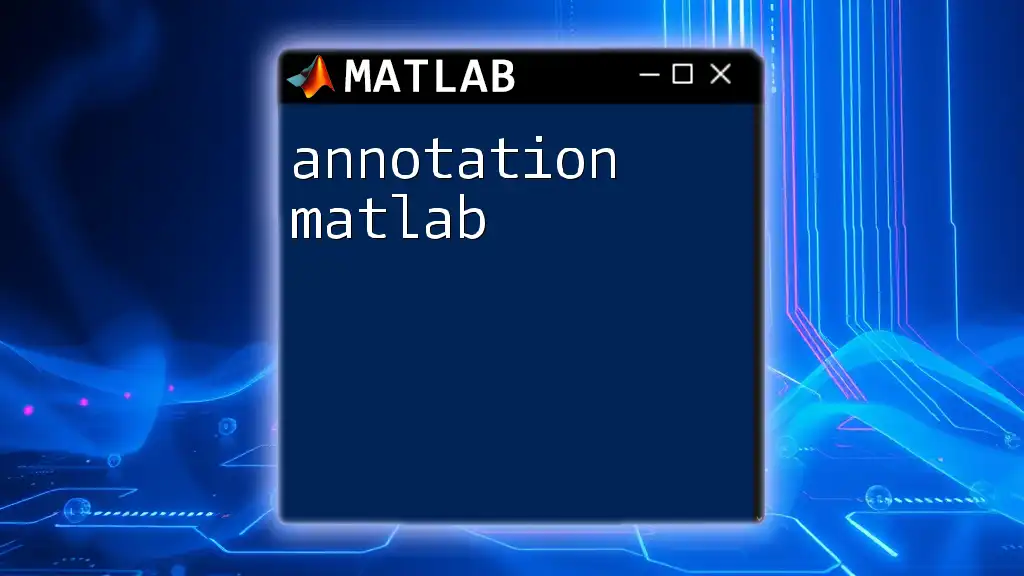
Troubleshooting Common Issues
Convergence Problems
When performing deconvolution, users may encounter convergence issues where the algorithm fails to stabilize. This situation can arise with ill-posed problems, particularly when the system matrix is close to singular.
To mitigate these issues, consider:
- Using regularization techniques to stabilize the estimates.
- Adjusting the noise components in algorithms to analyze whether changes improve convergence.
Noise and Artifacts
Noise is a significant challenge in deconvolution. High noise levels can lead to artifacts in the output, severely compromising the quality of the results. Employing techniques such as Wiener filtering or using methods designed specifically for noisy environments can help.
It is essential for users to experiment with different filtering parameters and assess their impact on the quality of the deconvolution results.
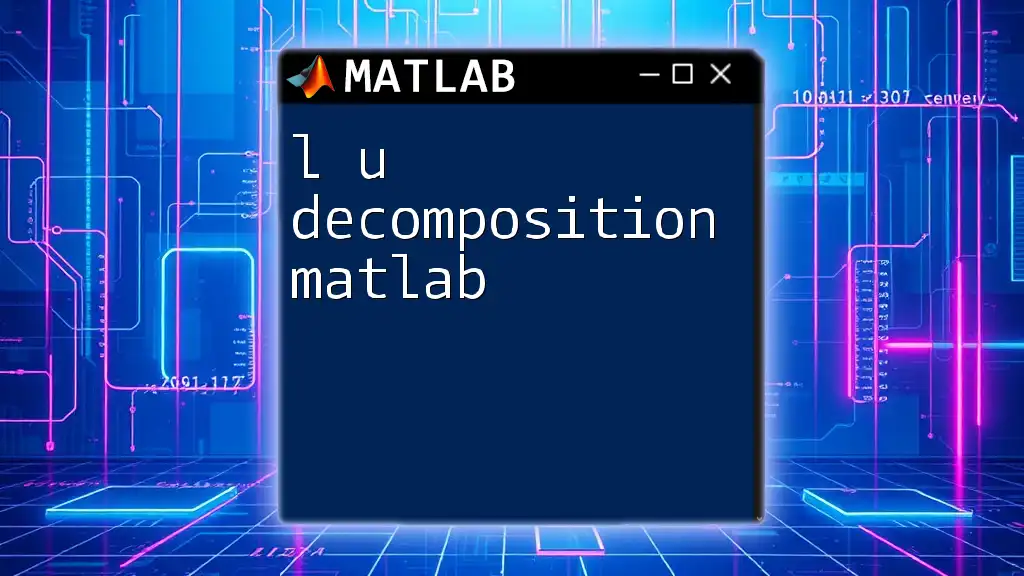
Conclusion
To summarize, deconvolution in MATLAB is a powerful tool that allows users to extract valuable information from convoluted signals and images. By leveraging built-in functions and understanding the different techniques available, users can efficiently restore clarity to their data. The concepts and examples discussed within this article demonstrate the utility of deconvolution in various applications, encouraging readers to experiment further and refine their MATLAB skills.
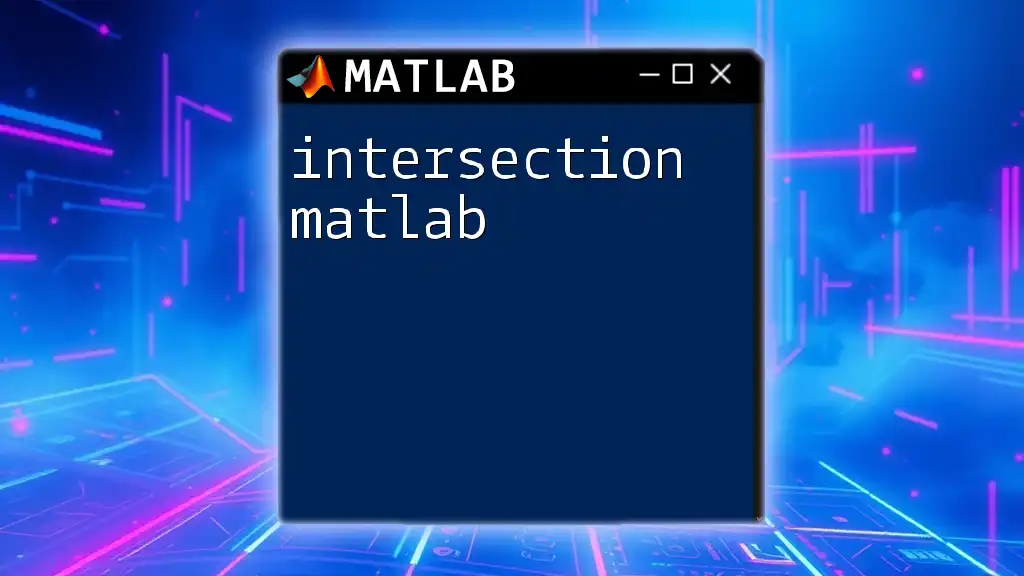
Additional Resources
For those seeking to dive deeper into deconvolution and MATLAB, the official documentation is an excellent starting point. Additionally, numerous books and online courses provide further insights, practical tips, and advanced techniques tailored for mastering deconvolution. Consider exploring these resources to enhance your understanding and skills in applying deconvolution in MATLAB.







